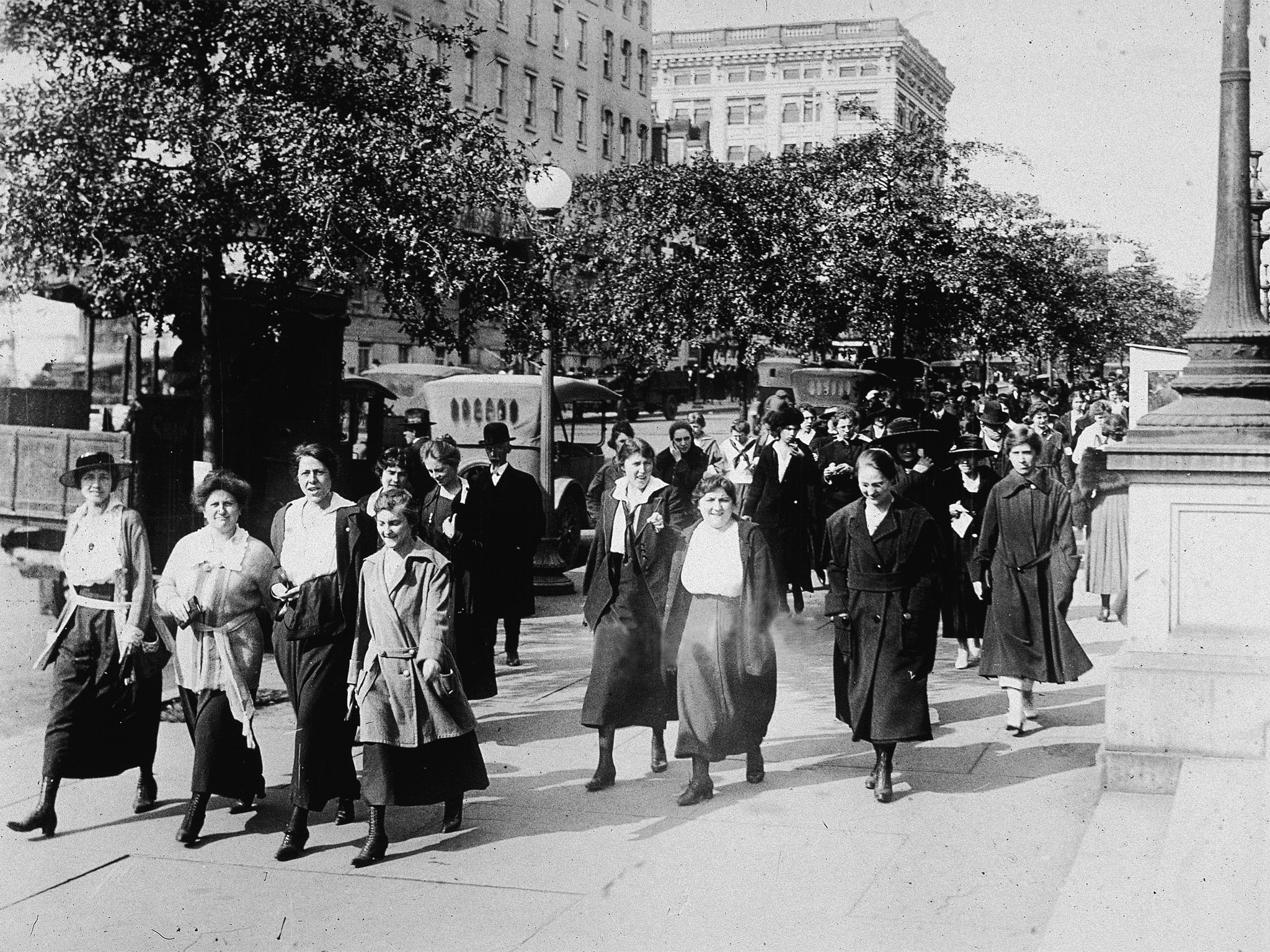The year of your birth could decide whether you live or die in the next big flu pandemic
'Your first infection sets you up for either success or failure in a huge way'

The year of your birth could determine whether you live or die in a major flu pandemic, such as the 1918 outbreak that killed an estimated 50 million people worldwide, according to new research.
Virulent new strains of the disease have periodically jumped from animals to humans over the centuries with devastating results, raising concern about new outbreaks in pigs and chickens, for example. The last week has seen reports of bird flu in Germany, Austria, Hungary and several other countries, prompting the authorities to set up 'protection zones' and slaughter infected birds.
But extreme forms of virus gradually evolve to become less deadly because strains that do not kill their host spread more easily. The human flu around today can be a serious disease but it is essentially a relatively mild echo of the past.
Now a new study, published in the journal Science, has found the flu people are first exposed to as a child plays a major role in setting up the human immune system to defend against one of just two main types.
One of the researchers, Professor Michael Worobey, head of Arizona University’s Department of Ecology and Evolutionary Biology, said: “In a way it’s a good-news, bad-news story.
“It’s good news in the sense that we can now see the factor that really explains a big part of the story: your first infection sets you up for either success or failure in a huge way, even against ‘novel’ flu strains.
“The bad news is the very same imprinting that provides such great protection may be difficult to alter with vaccines.
“A good universal vaccine should provide protection where you lack it most, but the epidemiological data suggest we may be locked into strong protection against just half of the family tree of flu strains.”
After the first infection, the immune system makes antibodies designed to target a lollipop-shaped protein that sticks out of the flu virus.
There are 18 different types of lollipop, but the researchers said there were just two main ‘flavours’.
“In this analogy, let's say you were first exposed to a human ‘orange lollipop’ flu as a kid,” Professor Worobey said.
“If later in life you encounter another subtype of flu virus, one from a bird and one that your immune system has never seen before but whose proteins also are of a similar ‘orange’ flavour, your chances of dying are quite low because of cross-protection.
“But, if you were first infected with a virus from the ‘blue lollipop’ group as kid, that won’t protect you against this novel, ‘orange’ strain.”
The orange lollipop group includes the avian H7 and human H3 flu strains. People born after the late 1960s tend to have been exposed to this type and therefore have a degree of protection against it.
People born before the late 1960s were exposed to the blue lollipop group, which includes H1, H2 and H5N1 strains.
Professor Worobey and the other researchers found there was a 75 per cent protection rate against severe disease and 80 per cent protection rate against death among those who had been exposed to the matching flu group as children.
Normally flu is most dangerous among the young, elderly people and those with existing diseases.
But the 1918 outbreak of ‘Spanish flu’ – so named because reported about the disease in the warring European countries were censored – was more deadly among young adults.
“Those young adults were killed by an H1 virus, and from blood analyzed many decades later there is a pretty strong indication that those individuals had been exposed to a mismatched H3 as children and were therefore not protected against H1,” Professor Worobey said.
“The fact that we are seeing exactly the same pattern with current H5N1 and H7N9 cases suggests that the same fundamental processes may govern both the historic 1918 pandemic and today's contenders for the next big flu pandemic.”
The research was published as Germany reported an outbreak of the highly pathogenic H5N8 bird flu virus in Schleswig-Holstein in the first occurrence of the disease in more than a year, the World Organisation for Animal Health (OIE) said.
The virus was found in wild birds, including 58 tufted ducks, a great black-backed gull and a coot.
The same strain has been found in Austria near Lake Constance, which also borders Switzerland and Germany. A “protection zone” was being set up to keep wild migrating birds from transmitting bird flu to farm poultry.
On Wednesday, the Dutch government said ordered farmers in the Netherlands to keep poultry flocks indoors after wildfowl infected with bird flu were discovered in several European countries.
And Hungary's food safety authority said last week it had found traces of bird flu at a poultry farm in eastern Hungary and would destroy 9,000 turkeys to protect nearby populations.
Reuters contributed to this report
Join our commenting forum
Join thought-provoking conversations, follow other Independent readers and see their replies
Comments
Bookmark popover
Removed from bookmarks